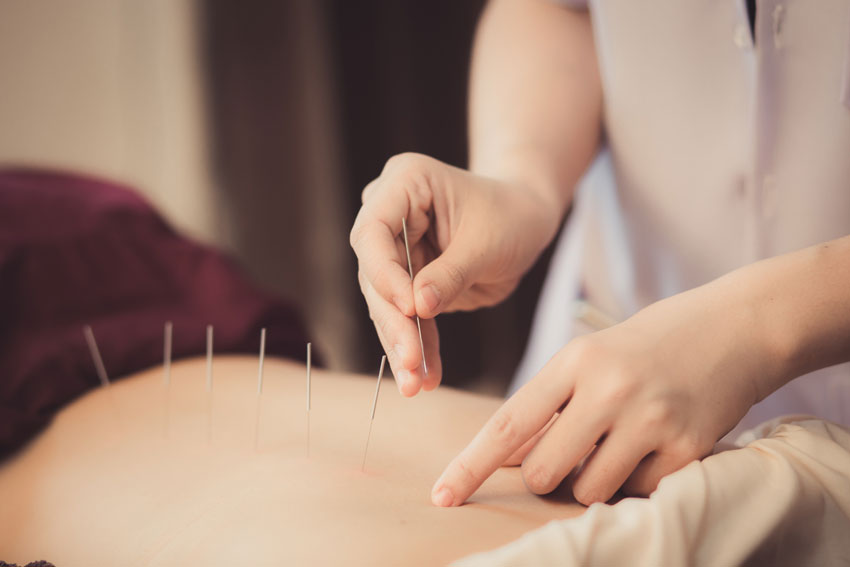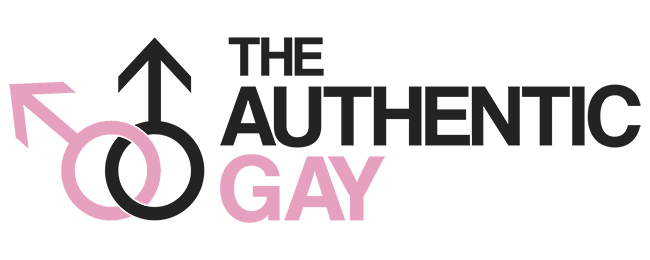Best Home Treatments for Cluster Headaches

If you’re one of the one in 1,000 people who suffer from cluster headaches, you know how painful this common condition is. Although they are often compared to migraines, cluster headaches are different because the condition involves the occurrence of several painful headaches that occur behind your eye or on one side of the head within 24 hours.
Cluster headaches have characteristic pain and patterns. Describing this pain and accompanying neurological examinations are necessary for your doctor to properly diagnose the condition. You can expect a series of procedures that assess brain function along with testing your reflexes, nerves, and senses to help rule out other conditions. These measures are usually normal in cluster headache patients.
Common Cluster Headache Symptoms include:
- Pain that starts without warning
- Begins behind the eye or on one side of the face
- Starts at the same time each day
- Headaches that wake you
- Several short headaches within 24 hours
- Eye redness and irritation on the side of your face with the headache
- Numbness or tingling near the pain or in your arms or fingers
- Aura and nausea
- Headaches occurring at the same time of year
Most people who suffer from cluster headaches can manage them without resorting to prescription medication or medical procedures. Many doctors recommend taking over-the-counter pain relievers to treat cluster headaches, but sometimes NSAIDs are ineffective because the headaches disappear before the pain reliever can take effect. Medical experts also recommend managing cluster headaches through natural methods, as these are often a better way to relieve the pain. Consider the following home remedies to manage cluster headache outbreaks.
Vitamins and Supplements
Just head to your local store or vitamin shop. You may even already have at least one of these in your cabinet. Keep in mind that supplements and herbs aren’t monitored by the U.S. Food and Drug Administration, so make sure that you do your homework before buying one of these products.
Magnesium
If you suffer from cluster headaches, you probably have low blood levels of magnesium, which can worsen your symptoms. A study published in the journal, Nutrients in 2015 showed that patients taking 600 mg of oral magnesium citrate per day had a significant reduction in headache frequency and symptoms. Note that magnesium can cause digestive upset in some people, so try lower amounts first, starting with 400 mg to 500 mg three times each day. Make sure to take one capsule right before you sleep as attacks often happen in the middle of the night or first thing in the morning.
Another way to get magnesium is to eat foods rich in minerals, like yogurt, bananas, black beans, spinach, chard, avocado, pumpkin seeds, almonds, and figs.
B Vitamins
B vitamins play a vital role in the body as they contribute to neurotransmitter synthesis. This group of water-soluble micronutrients seems to have a protective effect against headaches. Vitamin B2, in particular, also known as riboflavin, appears to decrease the severity and frequency of cluster headaches. A deficiency of this nutrient can result in nerve damage and inflammation, both of which contribute to the intensity of cluster headaches. A 2004 study published in the European Journal of Neurology indicated that patients taking 400 mg per day experienced fewer headache attacks. Food sources such as yogurt, almonds, spinach, and mushrooms are rich in this vitamin. B-complex vitamins with folate B12 and B6 may also effectively reduce symptoms.
Kudzu Extract
For over 2,000 years, Kudzu extra has been a natural treatment for fever, diarrhea, dysentery, diabetes, and cardiovascular disease. This vine, native to Southeast Asia, has more than 70 phytochemicals and phytonutrients such as bioflavonoids and triterpenoids. Anecdotal evidence suggests that kudzu extract can successfully treat headaches. Clinical trials are still needed to determine the proper dosage for treating cluster headaches. Pregnant and breastfeeding women should avoid kudzu extract as little is known about its safety for that population.
Melatonin
If you have incomplete relief of cluster headaches when using conventional therapy, you may have received melatonin. Some studies have found that cluster headache sufferers have decreased levels of melatonin as a lack of natural secretions may dispose of some individuals to the problem. Taking melatonin supplements about two hours before you got to sleep may help prevent cluster headaches as melatonin helps regulate sleep cycles. The recommended dosage for melatonin varies according to your weight, sex, and other factors, so it’s a good idea to speak with your doctor before starting on this supplement.
Coenzyme Q10
The human body naturally produces Coenzyme Q10, which helps turn food into energy. This enzyme is also an anti-oxidant and may help be an effective way to treat cluster headaches. In one study, 80 subjects taking 100 mg of CoQ10 per day reduced headache frequency, severity, and length. A second study showed that three 100 mg doses of CoQ10 also helped decrease headache frequency and related symptoms.
Other Herbal Remedies
Some herbs, such as feverfew and butterbur, may also be effective against headache symptoms. Feverfew and butterbur both have anti-inflammatory properties. Feverfew is generally considered safe when taken in recommended amounts, but its efficacy is still uncertain. Butterbur extract, when taken in doses of 50 to 150 mg can reduce headache frequency, but take it with caution as butterbur in its unpurified form, can cause liver damage.
Dietary Considerations

Changes in the food you eat can also make a difference in the frequency and duration of cluster headaches. Here are some you may want to try.
Drink Water
Not hydrating yourself enough can lead to headaches. Not only does becoming dehydrated lead to headaches, but it can also impair concentration and cause irritability, making headache symptoms seem even worse. To avoid dehydration headaches, drink adequate amounts of water throughout the day, and if you do get dehydrated, drinking a glass or two of water should help alleviate symptoms within 30 minutes.
Drink Caffeinated Tea or Coffee
Consuming beverages with caffeine may provide relief when experiencing headaches. Caffeine constricts blood vessels, increases alertness, and produces a positive mood, all of which have an effect on headaches. Caffeine withdrawal also causes headaches if you consume large amounts and suddenly stop, so be mindful of your caffeine intake.
Limit Alcohol
Although most people can consume alcoholic drinks without getting headaches, studies show that alcohol can trigger migraines in about one-third of people who get them. The reason why alcohol can trigger headaches is that it’s a vasodilator, meaning it widens blood vessels. Headaches are a common side-effect for people who take vasodilators. Alcohol is also a diuretic, meaning it causes your body to lose water and electrolytes through frequent urination, which can lead to dehydration.
Consume Ginger Tea
Ginger root has many beneficial compounds, such as anti-inflammatories and anti-oxidants. Ginger also helps with nausea and vomiting, symptoms associated with severe headaches. It’s available in capsule form, or you can purchase ginger root and make a fresh tea when you have cluster headache pain.
Avoid Foods High in Histamine
Histamine may cause headaches in some people who are sensitive to it and may not be able to excrete it properly. Foods such as aged cheese, beer, wine, cured meats, and smoked fish contain histamines. Reducing or eliminating these foods may be useful for those who experience cluster headaches.
Avoid Nitrates and Nitrites
Hotdogs, sausage, bacon, and similar foods have nitrates, and nitrites added as preservatives. Nitrates cause the expansion of blood vessels, thereby triggering headaches. Limit your intake of processed meats in your diet.
Try an Elimination Diet
Food intolerances can trigger headaches in some people. Some of the foods mentioned above, along with chocolate and citrus fruits, are some of the most common headache triggers. Be patient with your elimination diet as it usually takes several weeks to see results.
Lifestyle Modifications

Similar to the way that people can improve metabolic disorders, making changes to various aspects of your lifestyle can reduce your cluster headaches. As with anything else, some of these changes are easier to accomplish than others, but all are worth a look if your symptoms are more severe. Remember that a particular change may work for one sufferer but may not work for you.
Get Exercise
Becoming active is one of the simplest ways to reduce headache frequency and severity. There are many ways to increase your activity, but one of the easiest is to increase the number of steps you take per day. Walking outside is an excellent way to do that because getting fresh air also helps relieve headache pain. Daily exercise reduces stress, boosts cardiovascular health, and promotes better blood circulation. It can also help you sleep better as well as reduce your headache symptoms.
Breathing Exercises
Deep breathing provides your bloodstream and brain with more oxygen and also has a calming effect. Perform deep breathing when you have a cluster headache attack to help ease symptoms.
Yoga
Yoga is an excellent activity for headache sufferers because it combines physical exercise with rhythmic breathing. It’s a great way to relieve stress, increase flexibility, and improve your overall quality of life. Start by simply practicing yoga postures on your own for 20 minutes, three days per week. Research shows that yoga therapy can reduce the frequency and intensity of your headaches. The results of one study indicated that participants who performed yoga for three months had significant improvement in frequency, severity, and related symptoms.
Get Adequate, Consistent Sleep
Maintaining a regular sleep schedule is essential if you suffer from cluster headaches as attacks frequently happen when there is a change to your normal routine. The inability to sleep can also trigger them. Consistent sleep can help improve your circadian rhythm. Getting too much sleep can also trigger them, so try to stick to the recommended seven to nine hours per night.
Essential Oils
The use of some essential oils has long been used as a natural headache remedy. Apply eucalyptus or peppermint oil to the forehead and temples, the back of the neck, and the bottoms of your feed during an attack. Lavender oil is effective when applied to the upper lip and inhaled.
A similar therapy involves capsaicin cream. Apply over-the-counter capsaicin to the side of your head where the pain is, being careful to avoid your eyes.
Avoid Tobacco
Cluster headaches are more common in smokers than in nonsmokers. Eliminating nicotine and other stimulants may help improve your body’s nerve responses and sleep patterns.
Acupuncture

The traditional Chinese alternative medicine technique of acupuncture has been linked to a reduction in headache symptoms. A review of 22 studies found that acupuncture was as effective as common migraine medications. If you don’t mind having those thin needles inserted into your head, acupuncture is worth a try.
When you do experience a cluster headache, don’t forget this ages-old remedy. A cold compress applied to the head or neck can help relieve your pain. Make a cold compress by filling a waterproof bag with ice and then wrapping it in a soft towel.
